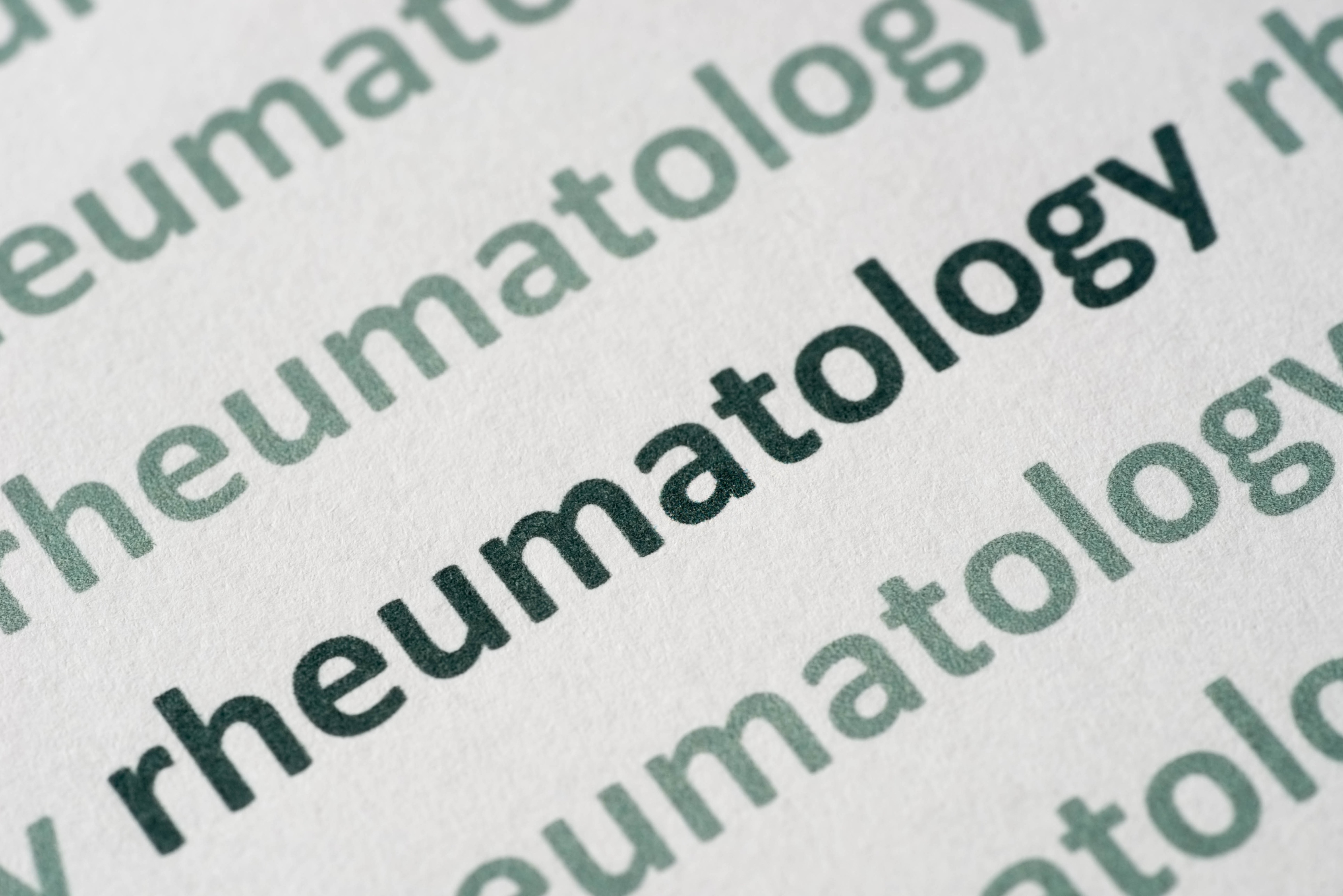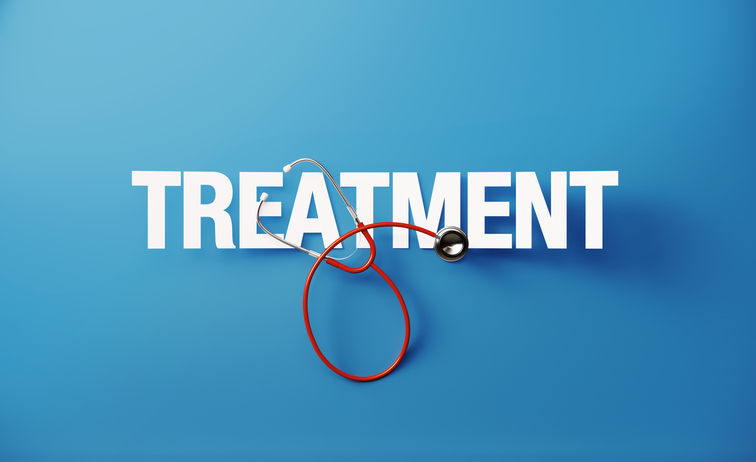
Here are the top stories covered by DocWire News this week in the Rheumatology section. In this edition, read the latest research on marijuana and cannabidiol in rheumatic diseases, comorbidity rates among gout patients versus the general population, a solution for rheumatoid arthritis patients who tried methotrexate with no luck, and the prevalence of flares among gout patients despite treatment.
Research on marijuana and/or cannabidiol (CBD) as a medical treatment may be limited, but that doesn’t stop arthritis patients from giving it a try. Recent research on the topic was presented at the Annual European Congress of Rheumatology (EULAR 2019) meeting in Madrid, Spain. Adults aged ≥ 19 years with a diagnosis of inflammatory arthritis or osteoarthritis were invited to fill out an online questionnaire with 77 items including questions pertaining to patients’ sociodemographic characteristics, health status and current treatment, CBD and marijuana for medical use (MMU), and knowledge and access to information regarding CBD and MMU. A total of 1,059 patients filled out the questionnaire, of whom most had rheumatoid arthritis (RA, 46%); patients also reported diagnoses of osteoarthritis (22.1%), psoriatic arthritis (9.3%), fibromyalgia (8.7%), and ankylosing spondylitis (4.7%). More than half (57%) of patients said they had tried CBD or marijuana products for medical use, of whom 62% reported daily use. According to the poster presented at EULAR, symptom relief was achieved in most patients who had ever used MMU (97.1%) and/or CBD (93.7%); most patients also reported improvements in their condition (96.1% and 93.1%, respectively). The reasons most patients turned to MMU or CBD were to relieve pain (96.1% and 95.4%, respectively) or sleep disturbance (75.7% and 54.4%, respectively).
Patients with gout are more likely to have comorbidities than the general population, according to new research featured in Arthritis & Rheumatology—and these comorbidities extend beyond cardiovascular (CV) ones. Researchers gathered data using the Skåne Healthcare Register for information on all patients newly diagnosed with gout from 2003—2013, who were matched by age and sex to 10 non-gout patients. Cause-specific mortality through Dec. 31, 2014, was determined using the Causes of Death Register. There were 19,497 gout patients (two were matched to < 10 healthy patients, and one gout patient was not matched to any controls) and 194,947 non-gout patients. The mean age was 70 years in both groups, which were also both 68% male. Gout patients had a mean follow-up of 4.2 years, and the non-gout patients were followed for a mean 4.5 years. During the study, there were 5,881 deaths in the gout cohort and 46,268 deaths in the non-gout cohort. All-cause mortality rate per 1,000 person years was 63.6 in the gout group and 47.3 in the non-gout group. CV disease was the leading cause of death in both gout (49.5%) and non-gout (41.3%) patients, and the gout group had a hazard ratio (HR) of CV death of 1.27 (95% CI of 1.22 to 1.33). Cause-specific HRs in the gout group compared to non-gout patients were: renal diseases, 1.78 (95% CI 1.34-2.35); digestive system diseases, 1.56 (1.34-1.83); and infections, 1.20 (1.06-1.35). Only the risk of death due to dementia was lower among gout patients (HR 0.83 [95% CI 0.72-0.97]).
If methotrexate fails, RA patients may have another option: upadacitinib monotherapy. The results of SELECT-MONOTHERAPY—a randomized, placebo-controlled, double-blind phase 3 study—were recently published in The Lancet. The trial took place at 138 sites across 24 countries and included patients aged ≥ 18 years who met the 2010 American College of Rheumatology (ACR)–European League Against Rheumatism (EULAR) classification RA criteria. Patients with active disease despite methotrexate treatment were randomized 2:2:1:1 to change to a once-daily dose of upadacitinib alone, or continue methotrexate, and at week 14, the continuing methotrexate group was assigned to either 15 mg or 30 mg once-daily doses of upadacitinib. A total of 598 patients completed the trial: 216 continuing methotrexate patients, 217 upadacitinib 15 mg patients, and 215 upadacitinib 30 mg patients. After 14 weeks, 20% improvement in ACR criteria was achieved by 41% of the methotrexate group, 68% of the upadacitinib 15 mg group, and 71% of the upadacitinib 30 mg group (P < 0.0001 for both doses vs. continued methotrexate); low disease activity (28-joint Disease Activity Score using C-reactive protein [DAS28{CRP}] of 3.2 or lower) was achieved by 19%, 45%, and 53% of patients, respectively (P < 0.0001 for both doses vs. continued methotrexate). The study authors noted that safety outcomes were similar to those of previous studies of upadacitinib in RA patients.
Researchers recently evaluated the prevalence of flares experienced by gout patients, as well as the effect allopurinol may have on flares. Data were assessed from the 2017 South Australian Health Omnibus Survey (HOS)—an annual survey consisting of face-to-face interviews with patients aged ≥ 15 years. The 2017 HOS survey took place between September 2017 and December 2017. A total of 2,977 interviews from 5,300 households constituted the final data. The survey included three questions pertaining to gout: “Have you ever been told by a doctor that you have gout?” (response options: “Yes,” “No,” or “Do not know/ refused”), “Do you currently take/have you taken allopurinol for gout?” (response options: “No, never taken” [never], “No, previously taken” [prior], or “Yes, still taking” [current]), and “If you have gout, how many gout attacks have you had over the last 12 months?” (response options: “None,” “One,” “Two,” “Three,” “Four,” or “Five or more”). Among the 2,778 patients included, 6.5% had gout, of whom 37.1% were current allopurinol users (23.2% reported prior use [discontinuation rate, 38%], while 39.7% had never used it). Comorbidity rates were high among the gout group and included including heart disease (24%), diabetes (33%), high blood pressure (54%), and high cholesterol (40%). And while 58% reported no flares during the last 12 months, 25% said that had two or more flares during the last year, of whom 51% were current allopurinol users. The covariates most strong correlated with flares were age (P = 0.002), body mass index (P = 0.005), and allopurinol use (P = 0.031).







 © 2025 Mashup Media, LLC, a Formedics Property. All Rights Reserved.
© 2025 Mashup Media, LLC, a Formedics Property. All Rights Reserved.